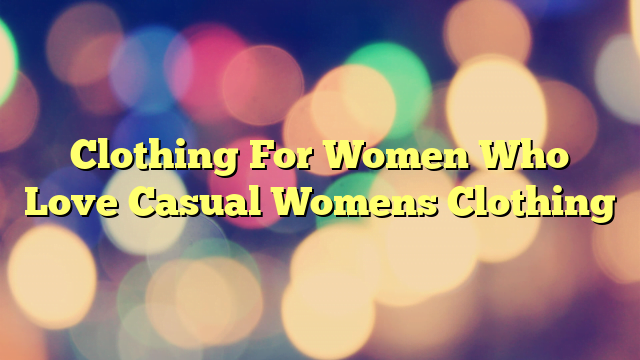So many young girls aspire to be a ballerina, the most feminine and graceful of dancers
So many young girls aspire to be a ballerina, the most feminine and graceful of dancers
Ballet shoes are different than any other type of shoe and can mean everything to the prospective ballerina. Professional dancers know this is true. A little insight on the history of these shoes may prove enlightening and helpful to you when selecting a ballet shoe.
It all started in the early 1800’s. The first ballet shoes were soft slippers, with no toe block, so important for en pointe work. With only one choice in ballet slippers, dancers worked en pointe in soft slippers. The soft shoes were responsible for many a deformed and injured foot.
In Paris, Janssen first introduced the famous Taglioni ballet shoe, considered the best of its time. In 1850, Crait moved his ballet shoe operations from Lyon to Paris, becoming the first serious competitor to Taglioni. Eventually others joined this specialty market, with shoemakers in Milan, New York, Italy and London vying for their share of the ballet shoe market.
Today, technological advances make the modern ballet shoe more comfortable and durable, allowing the dancer to more easily execute difficult steps with fewer injuries.
Beginning dancers today, no matter their age, always begin training with soft ballet shoes. Dancers continue for many years, perfecting their steps and developing the strong leg and foot muscles necessary to begin using en pointe shoes.
Now let’s take a look at what you’ll need to know when shopping for your little ballerina’s ballet shoes.
During the day, your feet swell. So, go shopping at about the same time of day you normally dance. This will help assure a good fit.
Be aware that some sales people tend to try to fit you in a shoe that’s too small. You want a snug fit but with enough room to allow each of your toes to feel the floor. When fitting a leather shoe, keep in mind that leather stretches just a little.
On the other hand, if your feet are still growing, don’t make the mistake of buying a shoe you’ll “grow in to”. If you’re dancing regularly, the shoe may not make it to that point anyway. Also, excess shoe material and space can be painful and may contribute to injuries.
Another choice you’ll need to make is between canvas or leather. Both have their good points. Try both types on before making your purchase, considering the advantages and feel of each.
Generally, leather lasts longer, is warmer and may look more attractive to some. Canvas is usually less expensive and can be machine washed. When buying canvas, look for a heavy gauge for durability.
So now that you know a little more about ballet shoes, go shopping with confidence and your dream!


